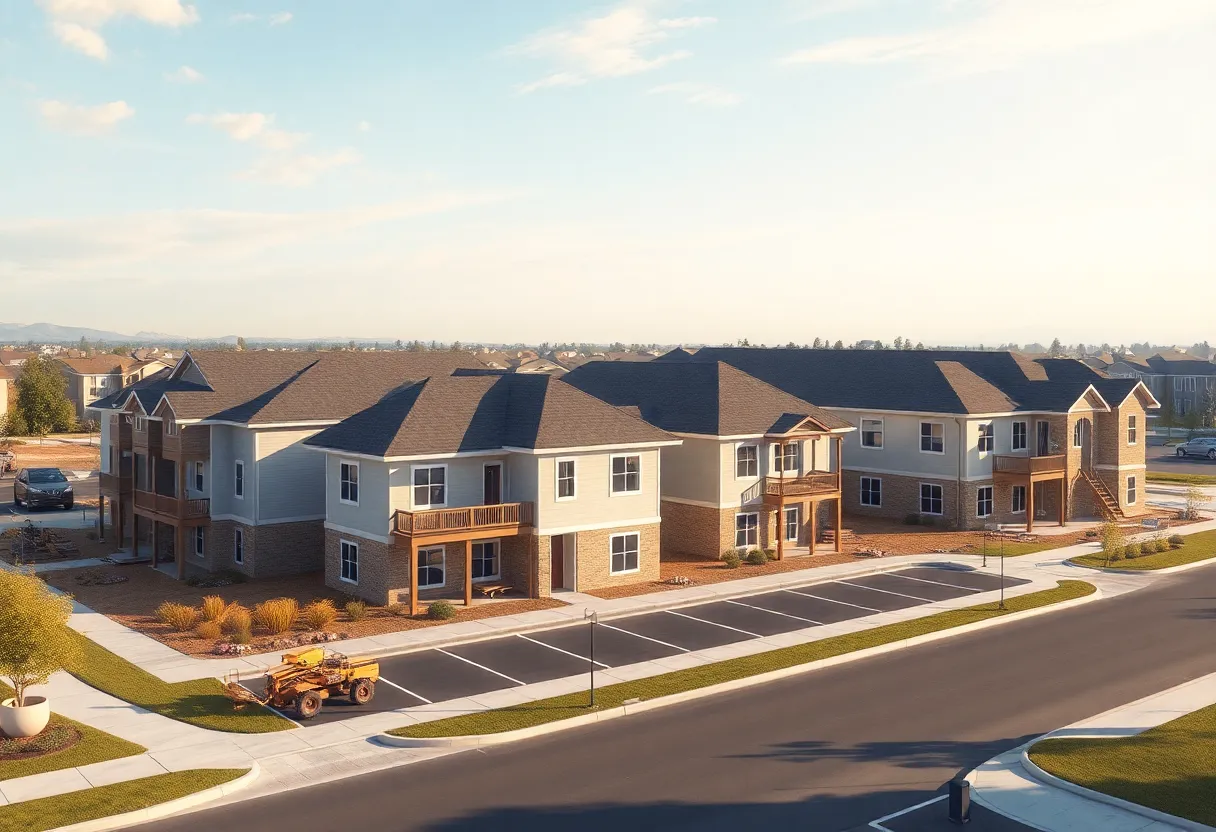San Rafael, California, August 29, 2025
News Summary
Autodesk reported quarterly results that beat analyst expectations, driven by subscription adoption and generative AI integration across its cloud products. Revenue was $1.76 billion, up 17% year-over-year, with non-GAAP EPS of $2.62 and GAAP EPS of $1.46. Billings rose 36% to $1.68 billion and AECO revenue grew 23% to $878 million. Management raised full-year revenue guidance and increased share buybacks, citing strong recurring sales and accelerating billings. Margin gains reflected cost discipline and automation. Analysts note implementation risks for AI, uneven construction demand, and uncertainty around M&A and capital deployment.
Autodesk Q2 2026 Results: Subscription Momentum and AI Integration Drive Revenue Growth
The company reported revenue of $1.76 billion for the second quarter of fiscal 2026, marking a 17% year-over-year increase. Alongside this top line, Autodesk posted a non-GAAP EPS of $2.62 and a GAAP EPS of $1.46, underscoring a strong quarterly performance as the business leverages its software-as-a-service transition.
In the core Architecture, Engineering, Construction, and Operations (AECO) segment, revenue rose by 23% YoY to $878 million, while overall billings climbed 36% YoY to $1.68 billion. These metrics supported Autodesk’s decision to raise full-year revenue guidance to a range of $7.03–$7.08 billion.
Analysts and investors welcomed the results as a sign that Autodesk’s transition to a subscription-based model is stabilizing recurring revenue and boosting customer retention. Management attributed much of the strength to this model shift, which typically provides greater visibility into future revenue streams and more predictable cash flows.
Another pillar of the quarterly narrative is Autodesk’s cloud-first strategy, now reinforced by the embedding of generative artificial intelligence into its software stack. The company said AI-driven features are enabling predictive design capabilities and greater automation across leading applications like Revit and AutoCAD. This approach aligns with broader market expectations for AI-enabled design and construction workflows, where automation and smarter tooling can shorten project timelines and reduce rework.
Operational highlights and margin discipline
Beyond top-line momentum, Autodesk reported that its ongoing focus on cost discipline and process automation has supported margin expansion. Bank of America Securities analysts noted that non-GAAP margins benefited from headcount reductions and efficiency initiatives, which helped bolster profitability even as the company invests in AI and SaaS enhancements. Management also signaled a continued tempo of capital allocation through share buybacks, with higher targets reflecting confidence in the earnings trajectory and cash-generation potential.
AI, SaaS market context, and strategic positioning
The company frames its strategy within a rapidly expanding ecosystem for SaaS software and AI-driven tools. The broader market is seen as growing substantially, with the global SaaS market projected to surge to roughly $793 billion by 2029. In the construction space, AI-enabled design and construction markets are forecast to rise meaningfully, with the AI in construction segment expected to grow from about $3.99 billion in 2024 to around $11.85 billion by 2029, representing a sizable opportunity for vendors providing AI-powered design and workflow automation. Specific to generative AI, construction-focused use cases are anticipated to expand at a robust pace over the same horizon.
Autodesk’s early blend of AI technologies with cloud services positions it to capture a meaningful share of the anticipated growth in AI-driven design and construction markets. The cloud-native setup supports AI-driven automation and offers a more personalized user experience, which could further strengthen customer loyalty and convert more customers to higher-margin, subscription-based plans.
Financial outlook, risk considerations, and investor signals
The raised full-year guidance, combined with strong billings growth and an expanding AECO segment, is presented by management as evidence of growing recurring revenue and margin expansion even as AI adoption introduces execution risks. Industry surveys note that approximately half of professionals worry that AI could destabilize their sectors, highlighting a notable risk that Autodesk and peers must manage as AI features scale. Autodesk’s leadership argues that disciplined cost management and a focus on profitability serve as buffers against macroeconomic headwinds while the company continues investing in AI-enabled capabilities.
Looking ahead, Autodesk is slated to report results after market close on a noted date in August, followed by investor discussions via conference call. Analysts previously forecast Q2 revenue near $1.72 billion with a EPS around $1.39, illustrating the degree to which actual results surpassed expectations and reinforced confidence in the favorable trajectory of recurring revenue and margins.
In the broader market narrative, Autodesk’s strategy sits at the intersection of industry-specific AI models for construction and manufacturing, a SaaS-centric product portfolio, and ongoing AI-driven automation enhancements. The company’s disciplined approach to free cash flow generation and returning capital to shareholders further strengthens its stance as a durable software and AI-enabled design platform in a changing market environment.
Frequently Asked Questions
What was Autodesk’s revenue in Q2 2026?
The quarter reported revenue of 1.76 billion dollars, reflecting solid year-over-year growth.
How did the AECO segment perform?
The AECO segment grew by 23 percent year over year, reaching 878 million dollars.
What were the earnings figures?
Non-GAAP earnings per share were 2.62 dollars, while GAAP earnings per share were 1.46 dollars for Q2 2026.
What guidance did the company raise for full-year revenue?
Full-year revenue guidance was raised to a range of 7.03 to 7.08 billion dollars.
What factors contributed to the growth?
Growth was driven by a transition to a subscription-based model that stabilizes recurring revenue and by the integration of generative AI into the cloud software stack, enabling automation and predictive design features.
What are the broader market trends mentioned?
Market context includes a projected rise in the global SaaS market to about 793 billion dollars by 2029, and growth in AI-enabled construction markets, with AI in construction forecast to expand considerably through 2029.
What risks were noted for AI adoption?
Industry commentary acknowledges concerns that AI implementation could destabilize some sectors, suggesting a need for careful management of AI-enabled transitions.
| Key Feature | Details |
|---|---|
| Quarterly Revenue | 1.76 billion dollars; up 17% year over year |
| Non-GAAP EPS | 2.62 dollars |
| GAAP EPS | 1.46 dollars |
| AECO Segment Revenue | 878 million dollars; +23% YoY |
| Billings | 1.68 billion dollars; +36% YoY |
| Full-Year Revenue Guidance | Raised to 7.03–7.08 billion dollars |
| AI and SaaS Strategy | AI embedded in cloud stack; subscription model; cloud-first approach |
| Market Context | SaaS market to 793B by 2029; AI in construction to 11.85B by 2029; Generative AI in construction growth |
| Operational Focus | Cost discipline; process automation; margin expansion; free cash flow generation |
| Capital Allocation | Increased share buyback targets |
Deeper Dive: News & Info About This Topic
Additional Resources
- Zacks: Autodesk coverage
- Wikipedia: Autodesk
- TradingView / Reuters: Autodesk news
- Google Search: Autodesk earnings Q2 2026
- MSN: Countdown to Autodesk (ADSK) Q2 earnings
- Google Scholar: Autodesk generative AI
- AInvest: Bank of America maintains hold on Autodesk
- Encyclopedia Britannica: Autodesk
- Futunn: Earnings preview — Autodesk
- Google News: Autodesk





